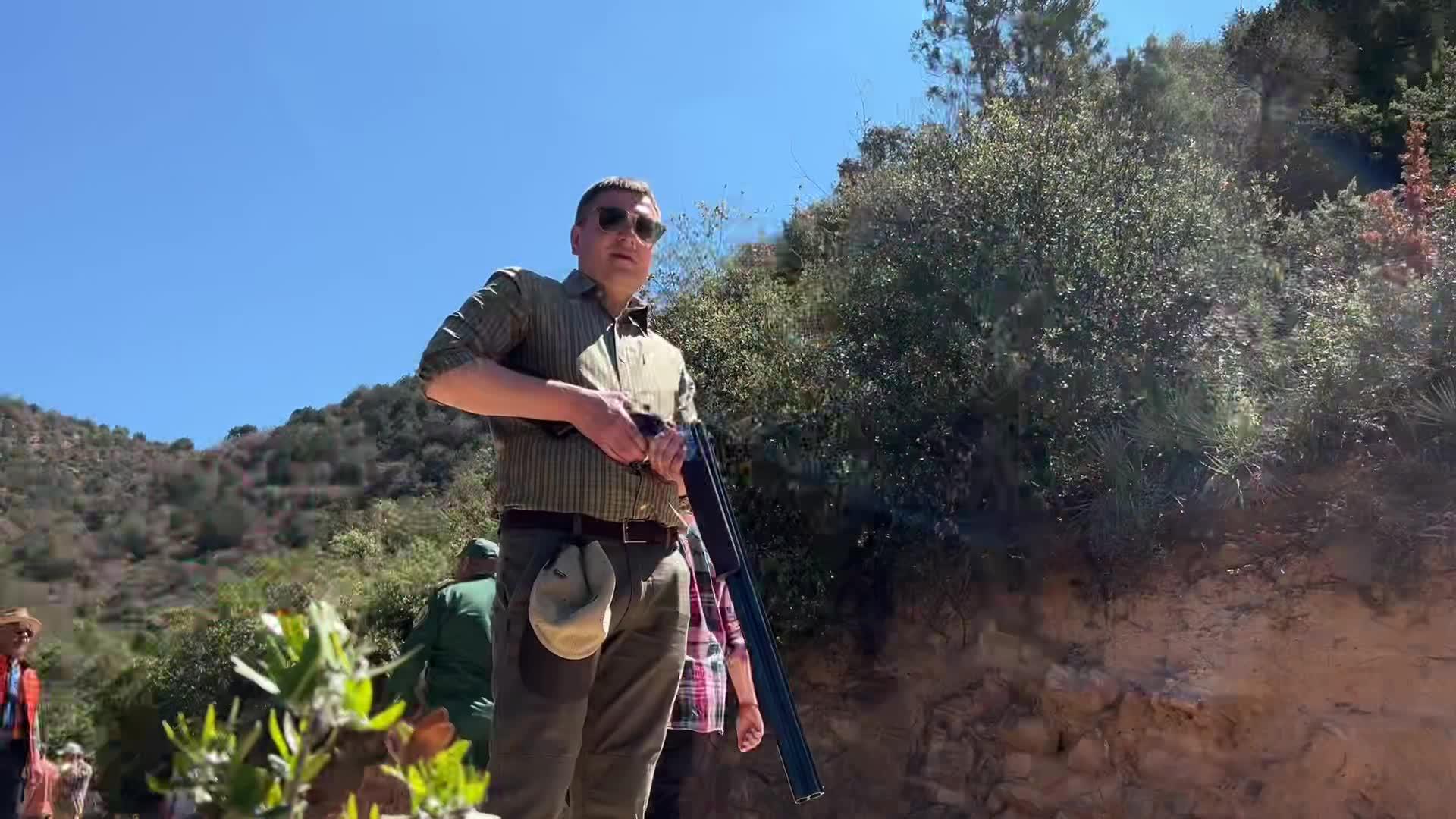
Hunting in NAMPULA Province: Exploring Wildlife, Clubs and Laws, Traditions, and Sustainable Practices Nampula Province, nestled in the northern reaches of Mozambique, is a hidden gem for hunting enthusiasts seeking adventure in one of Africa’s most diverse and unspoiled regions. With its sprawling savannahs, dense woodlands, and winding rivers, Nampula offers a rich tapestry of habitats teeming with iconic game species, from the majestic Nyala to the formidable Cape Buffalo. Whether you’re drawn by the thrill of the hunt, the beauty of the landscape, or the chance to contribute to sustainable wildlife management, Nampula Province promises an unparalleled experience for hunters of all levels. Hunting Through the Lens of Geography: Natural Spaces and Their Influence on Game in Nampula Nampula Province, located in northern Mozambique, is a region of diverse landscapes, ranging from coastal plains to dense woodlands and savannahs. The province is characterized by its tropical climate
Post: 27 June 16:09
















































